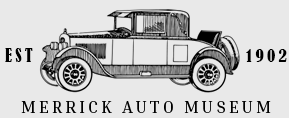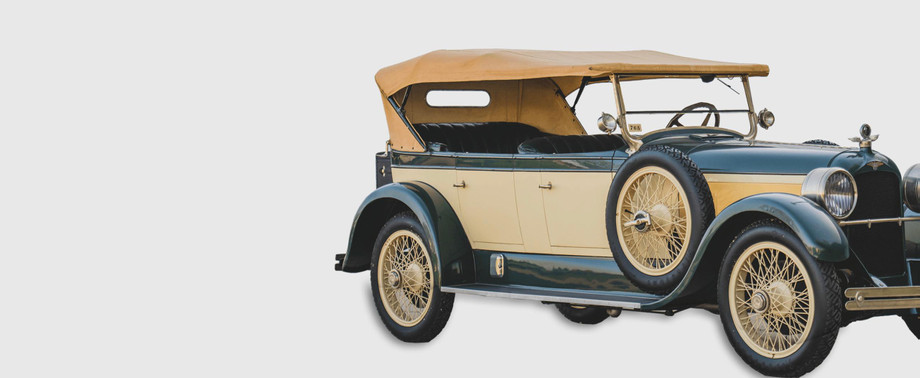Antique cars hold a special place in the hearts of automotive enthusiasts, collectors, and history buffs. They evoke a sense of nostalgia and provide a window into the past, showcasing the craftsmanship, innovation, and elegance of a bygone era. Antique car catalogs, in particular, offer a fascinating glimpse into the vehicles of yesteryears. This article delves into the world of antique car catalogs, highlighting their significance, contents, and how they contribute to our understanding of automotive history.
The Significance of Antique Car Catalogs
Antique car catalogs are more than just promotional materials; they are historical artifacts that provide valuable insights into the automotive industry's evolution. These catalogs offer a visual and descriptive record of vehicles produced during specific time periods, capturing the spirit of each era. They are essential references for collectors, restorers, and historians, aiding in the identification and preservation of antique cars. Let's explore the contents and significance of these catalogs.
Contents of Antique Car Catalogs
Vehicle Models and Specifications
Antique car catalogs typically feature detailed descriptions of the models available, including specifications like engine type, horsepower, body styles, and available options. This section helps enthusiasts understand the technical aspects of the vehicles.
Photographs and Illustrations
High-quality images or illustrations of the cars are a hallmark of antique car catalogs. These visuals provide a glimpse of the vehicle's exterior, interior, and unique design features. They serve as references for restorers striving for authenticity.
Price Lists and Payment Options
Catalogs often include price lists, enabling potential buyers to assess affordability. They may also outline payment options and financing plans available at the time, shedding light on the economic landscape of the era.
Historical Context
Some antique car catalogs incorporate historical context, discussing the social and cultural factors that influenced the design and development of the vehicles. This provides a broader perspective on the cars' significance within their respective time periods.
Testimonials and Reviews
Manufacturers sometimes include testimonials from satisfied customers or excerpts from automotive reviews of the era. These endorsements offer a glimpse into the public's perception of the vehicles.
Contribution to Automotive History
Antique car catalogs are invaluable resources for researchers and automotive historians. They help trace the evolution of automotive design, technology, and marketing strategies over the decades. By examining catalogs from different eras, historians can identify trends, innovations, and societal influences on the automotive industry.
Moreover, these catalogs serve as primary sources for understanding the marketing and sales strategies employed by manufacturers in the past. They reveal how manufacturers positioned their vehicles in the market and targeted specific customer segments.
Collectors and restorers rely on antique car catalogs to authenticate and restore vintage vehicles accurately. Catalogs provide a detailed reference for ensuring that every aspect of a restoration project aligns with the original specifications and design.
Preserving Automotive Heritage
Preservation of antique car catalogs is essential for safeguarding our automotive heritage. Many catalogs have become rare and collectible items themselves. Institutions, libraries, and enthusiasts recognize the importance of digitizing and archiving these catalogs to make them accessible to future generations. This preservation effort ensures that the knowledge and appreciation of antique cars continue to thrive.
For More Info:-
iconic automobile sales brochures
top car catalogs for classic car enthusiasts






Comments